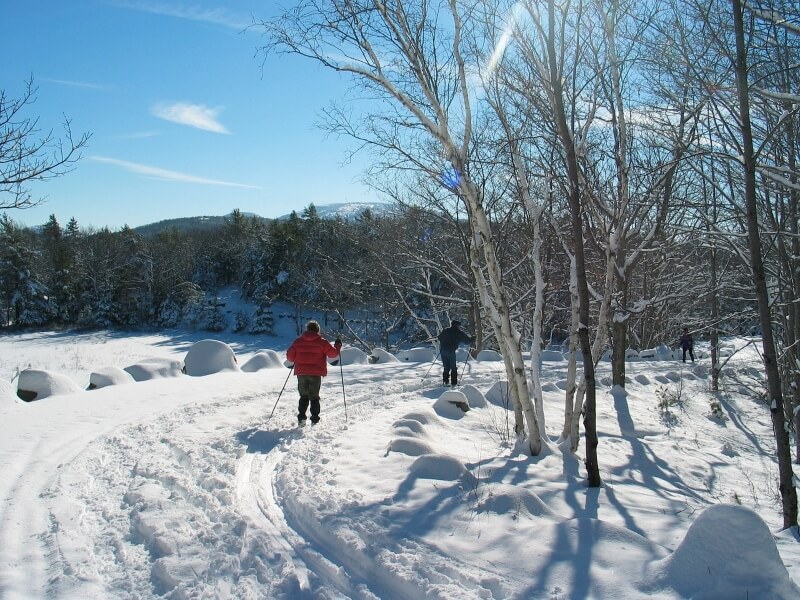What is Cross-Country Ski, What Muscles Does it Work and Where it's Most Popular
Cross-Country skiing, often abbreviated as XC skiing or Nordic skiing, is a winter sport that involves gliding on snow-covered terrain using specialized skis, poles, and techniques. It can be enjoyed by people of all different ages and physical abilities. In contrast to skiing, Cross-Country skiers move on the snow without using ski lifts or other assistance.
In this blog, you will learn:
- What Muscles Does Cross-Country Skiing Work?
- Where is Cross-Country Skiing Most Popular
- How Much Snow Do You Need for Cross-Country Skiing?
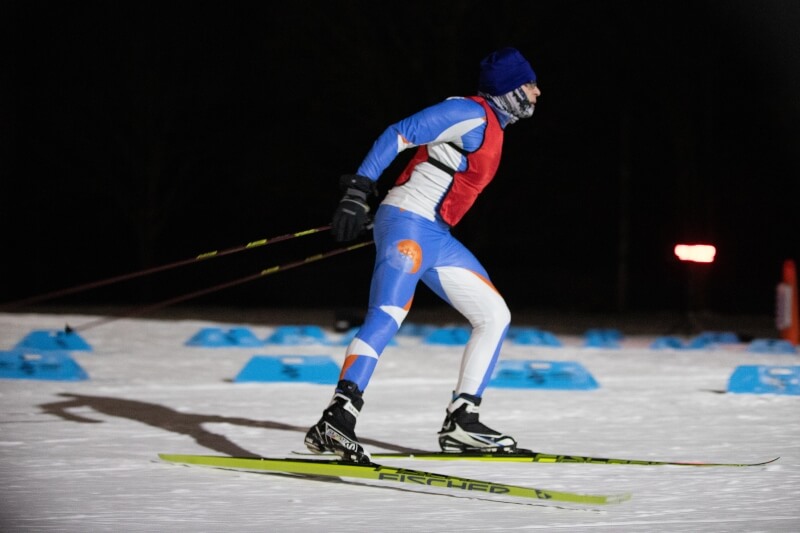
What Muscles Does Cross-Country Skiing Work?
One of the incredible benefits of Cross-Country skiing is the full-body workout it provides. It engages multiple muscle groups, including the legs, core, arms, and back. It's an excellent way to improve your cardiovascular fitness while building strength and endurance.
Since 1 hour of moderate Cross-Country skiing can burn approximately 470 calories for a 130-pound person and nearly 700 calories for a 190-pound person, it’s a great way to burn calories while having fun.
Cross-Country skiing offers a highly effective full-body workout, engaging multiple muscle groups simultaneously. Unlike activities such as running or cycling, Cross-Country skiing leverages ski poles for propulsion, intensifying the upper body workout. During the diagonal stride, the biceps and triceps are the powerhouses behind each push.
When skiers employ the double-pole technique, they activate a myriad of core muscles, including the pectoralis major, deltoids, and latissimus dorsi. And let's not forget the legs; they play a pivotal role too. The quadriceps, a muscular group located at the front of the thigh, and the gastrocnemius, the powerful muscle at the back of the lower leg, are responsible for the powerful "kick" that propels skiers forward.
Consistent Cross-Country skiing over several weeks leads to a noticeable increase in overall body strength. This newfound strength doesn't just benefit skiing; it also makes other physical activities more manageable and enjoyable.
Where is Cross-Country Skiing Most Popular
Cross-Country skiing has woven itself into the fabric of many countries, capturing the hearts of winter sports enthusiasts around the globe. Here are some of the world's most beloved Cross-Country skiing destinations:
Norway
Norway, the birthplace of skiing, offers an extensive network of impeccably groomed trails that wind through picturesque fjords, forests, and mountains. The combination of stunning landscapes and a deep skiing tradition makes Norway a must-visit destination for any Cross-Country skier.
These are some of the most popular Cross-Country skiing locations in Norway:
- Venabygdsfjellet
- Gålå
- Rondablikk
- Skeikampen
- Sjusjøen
- Hallingdal
- Hovden
- Beitostølen
- Trysil
- Oppdal
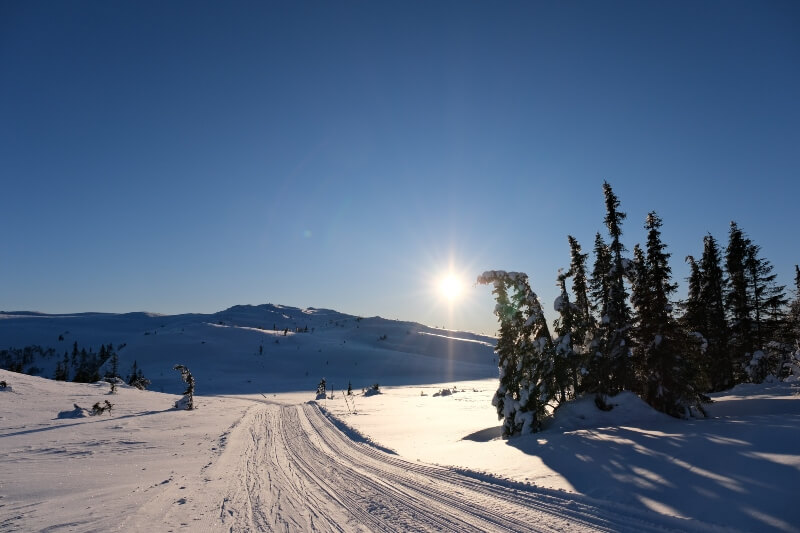
Eggedal mountains, Norway
Sweden
Sweden boasts a diverse range of skiing opportunities, from serene trails through frozen lakes to challenging routes through pristine wilderness. The Vasaloppet, one of the world's longest Cross-Country races, is a testament to Sweden's commitment to the sport.
These are some of the most popular Cross-Country skiing locations in Sweden:
- Hundfjället
- Järvsöbacken
- Grovelfjall
- Skistar Sälen
- Stoten in Salen
- Mora Skidstadion
- Friluftscentrum Södra Berget
- Hallstaberget
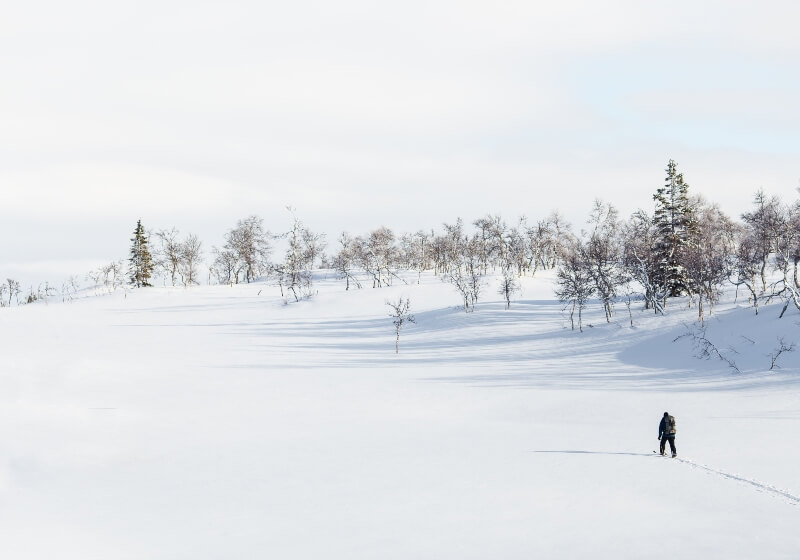
Gäddede, Sweden
Finland
With its vast forests and snowy landscapes, Finland provides a unique Cross-Country skiing experience. The country's extensive network of trails, known as "latu," invites skiers to explore the Arctic beauty and tranquility.
These are some of the most popular Cross-Country skiing locations in Finland:
- Ounasvaara – Rovaniemi
- Ylläs
- Levi
- Pyhä
- Ruka
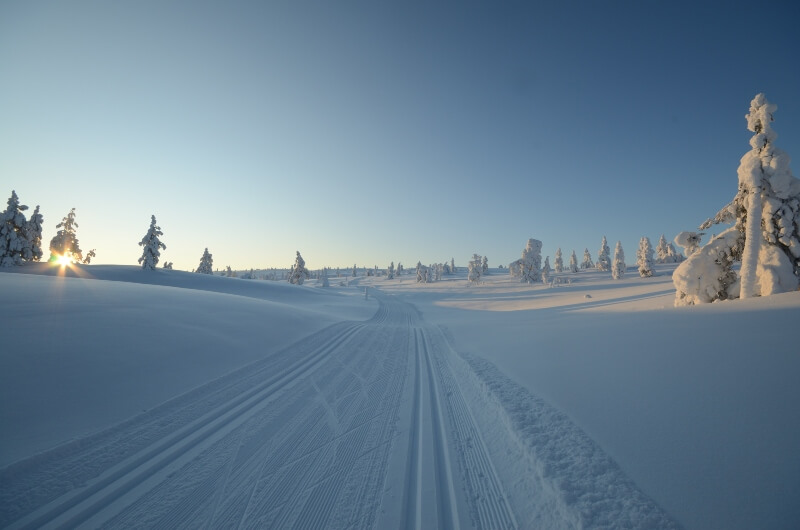
Äkäslompolo, Finland
USA
In the United States, regions such as New England and the Midwest offer abundant opportunities for Cross-Country skiing. The Appalachian Mountains and Great Lakes region feature countless groomed trails and national parks where you can explore the beauty of North American winters.
These are some of the most popular Cross-Country skiing locations in USA:
- Tahoe XC
- Methow Trails
- Meissner Nordic
- Devil’s Thumb Ranch
- Theodore Wirth Regional Park
- Galena Lodge
- Green Woodlands
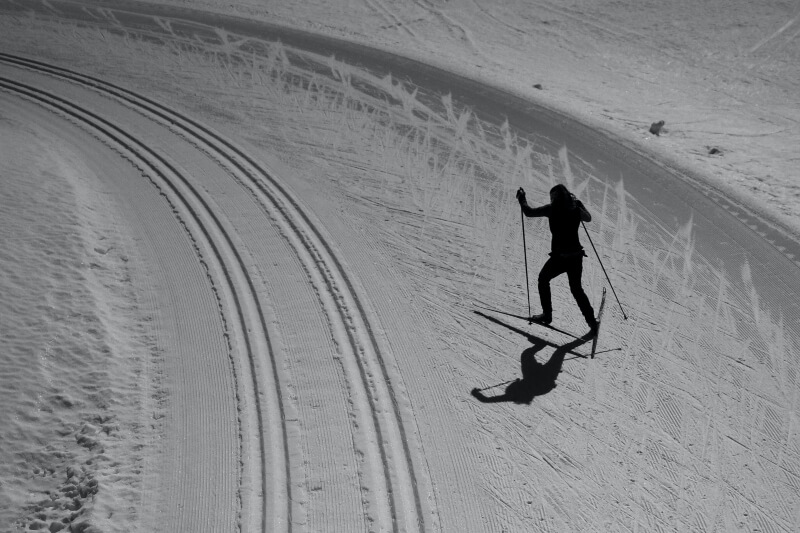
Mount Van Hoevenberg, North Elba, NY, USA
Canada (Gatineau Park, Alberta, and British Columbia)
Canada's vast wilderness is a Cross-Country skiing paradise. Gatineau Park, Alberta's Banff National Park, and British Columbia's trails present a variety of experiences, from gentle loops to challenging backcountry routes.
These are some of the most popular Cross-Country skiing locations in Canada:
- Mont-Sainte-Anne
- Le Mont Grand-Fonds
- Tremblant
- Silver Star
- Cypress Mountain
- Whistler Blackcomb
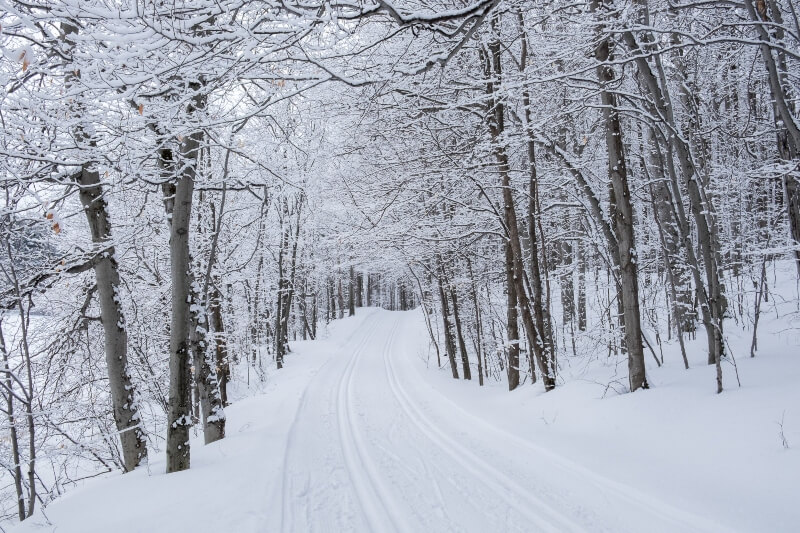
Mont Saint-Bruno, Mont-Saint-Bruno National Park, Saint-Bruno-de-Montarville, QC, Canada
How Much Snow Do You Need for Cross-Country Skiing?
The amount of snow required for Cross-Country skiing largely depends on the type of terrain and the quality of the trails. Here's a general guideline:
Groomed Trails
Typically, groomed Cross-Country ski trails require a base of at least 4-6 inches (10-15 centimeters) of snow. The more snow, the better, as it provides a smoother and more enjoyable skiing surface. In well-equipped Cross-Country skiing regions, snowmaking machines may supplement natural snowfall.
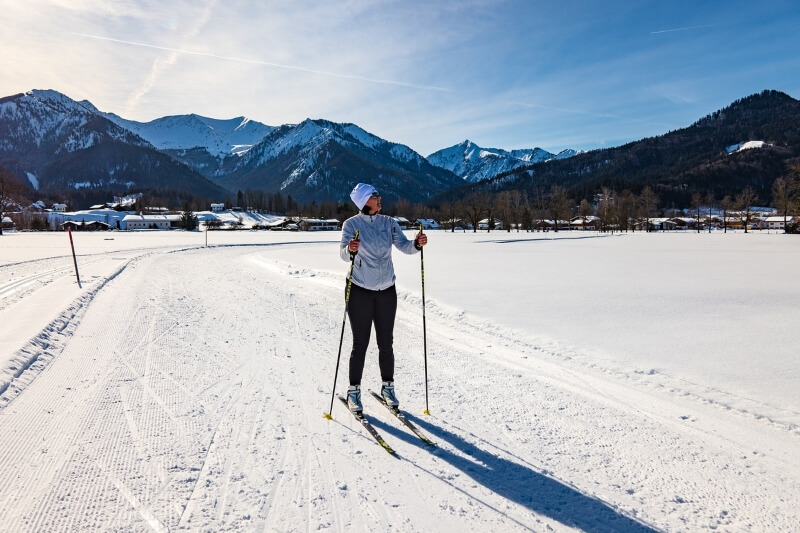
Backcountry Skiing
In more remote and backcountry areas, where trails are not groomed, you'll need a deeper snowpack, often exceeding a foot (30 centimeters) or more, for a safe and enjoyable experience. Deeper snow ensures adequate coverage, especially over uneven terrain and obstacles.
Understanding the snow conditions is essential for planning your Cross-Country skiing adventures. Many Cross-Country skiing regions provide real-time snowfall updates and trail condition reports, allowing you to make informed decisions about where and when to ski.
